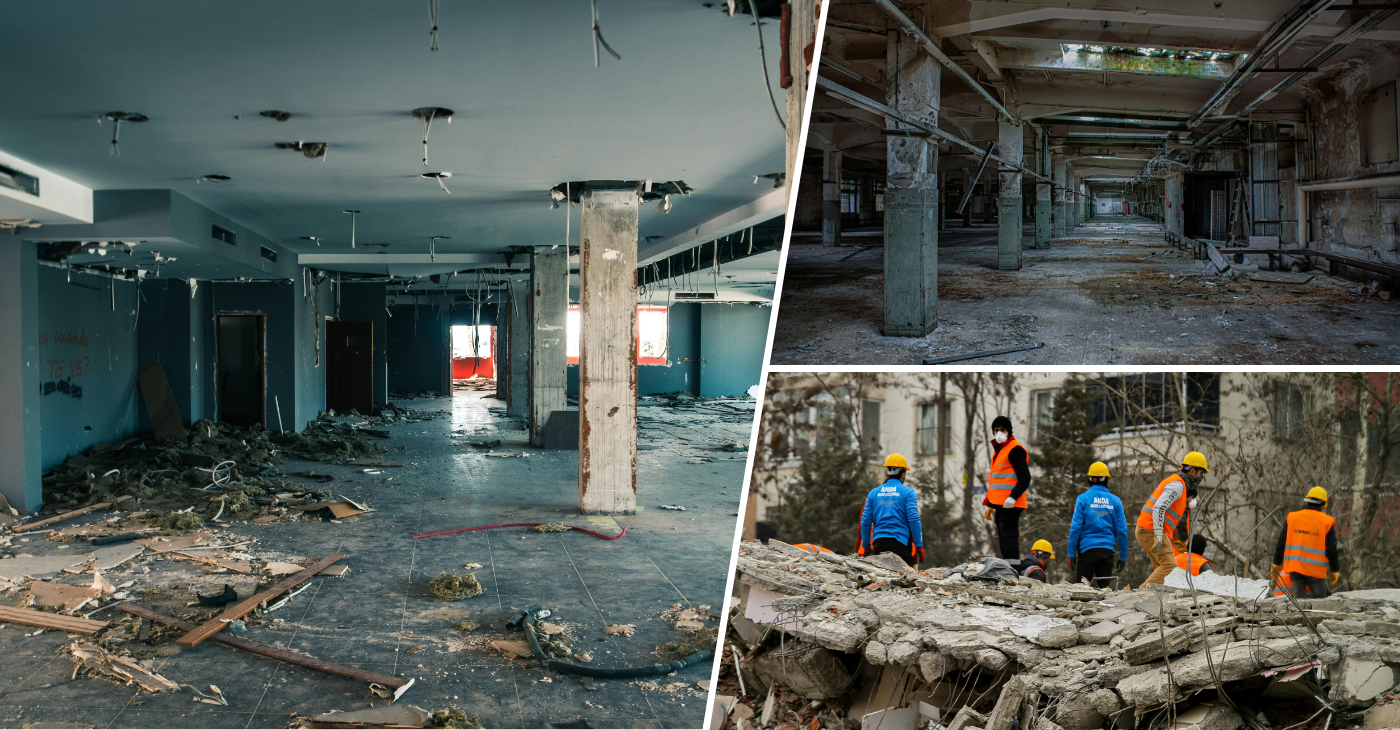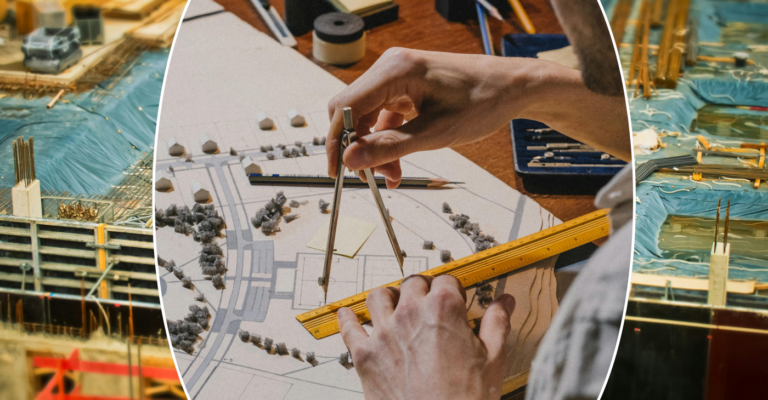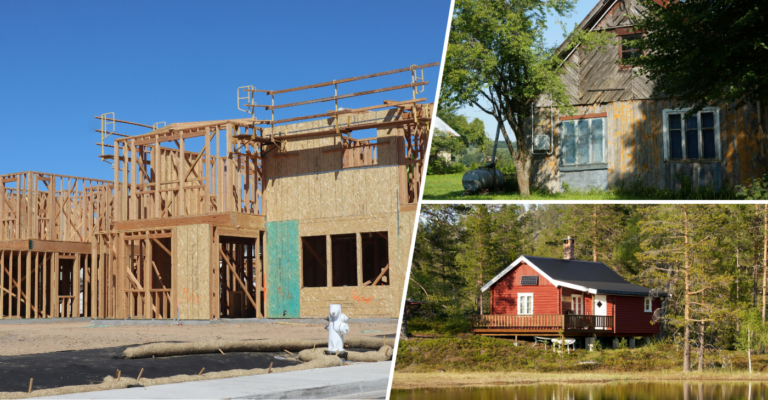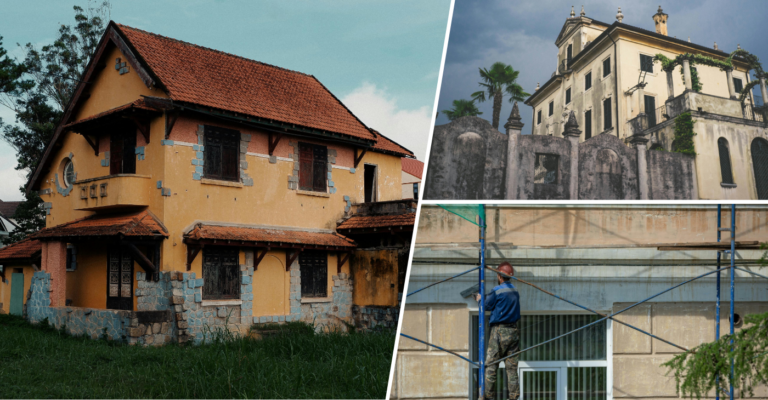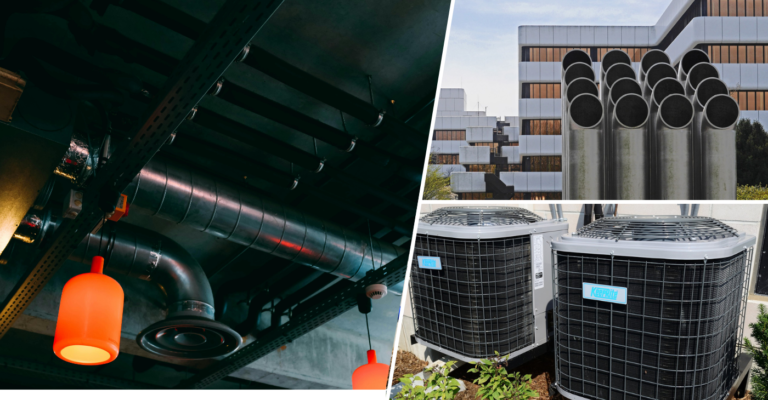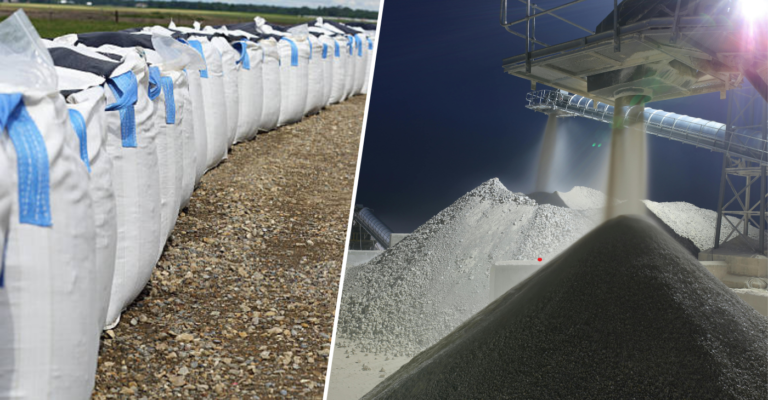Soft strip demolition – Preserve your building’s structural integrity
Soft strip demolition plays a vital role in maintaining a building’s structural integrity. This process focuses on removing non-structural elements like ceilings, floor coverings, and fixtures, leaving the building’s framework intact. Whether you’re upgrading a modern building or restoring a historic one, this method ensures that the building remains strong and safe. Let’s dive deeper into what soft strip demolition is, why it matters, and how it can benefit your renovation project.
What is soft strip demolition?
Soft strip demolition is the removal of non-structural components inside or outside a building. Think of it as removing everything except the bones of the building. Items like partitions, ceilings, floor finishes, and mechanical systems are stripped away, but the core structure-load-bearing walls, beams, and floors-remains untouched. This method is different from full or structural demolition, which involves tearing down entire buildings. It is often the first step in a renovation project. It allows contractors to work on the interior without compromising the building’s stability.
How it protects structural integrity
Preserving the structural integrity of a building is crucial, especially if you plan to upgrade only parts of it. Soft strip demolition focuses on removing non-essential elements while protecting load-bearing walls, beams, and columns. This careful approach minimises the risk of damaging the building’s core structure.
For example, when stripping the interior of a commercial office building, contractors can remove walls, carpets, and fixtures without touching the main structure. This keeps the building safe and ready for future renovations. Unlike full demolition, which can weaken the entire building, soft strip demolition preserves the strength and stability of the framework.
The soft strip demolition process
Soft strip demolition is a careful and precise process that involves several key steps to ensure the building’s structure remains intact while preparing it for renovation. Here’s a brief overview:
1. Assessment and planning
Before any demolition starts, a thorough assessment of the building is carried out. Contractors identify non-structural elements that can be safely removed, and a detailed plan is created to ensure the structural framework is protected throughout the process.
2. Selective removal
Interior components like walls, ceilings, and fixtures are carefully removed using specialised tools. The focus is on precision, ensuring that the structural elements—like support beams and load-bearing walls—are not affected.
3. Waste management
After the removal, the materials are sorted, with an emphasis on recycling and reuse. Sustainable practices help minimise waste, and hazardous materials are safely handled according to regulations.
4. Site cleanup
Once the soft strip demolition is complete, the site is cleaned up, leaving it safe and ready for the next phase of construction. Any remaining debris is cleared, and the building is inspected to ensure no damage to its structural integrity.
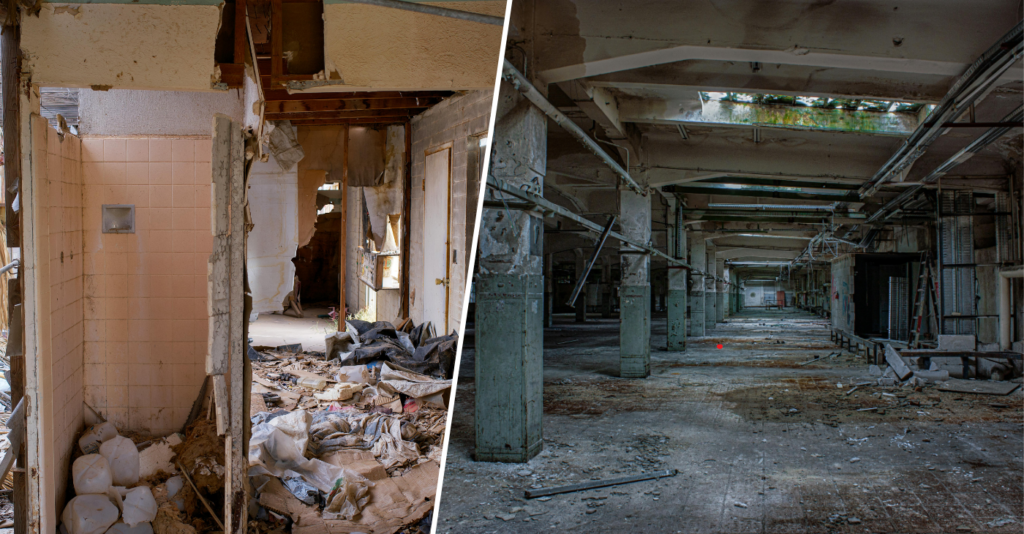
Key benefits of soft strip demolition
Soft strip demolition offers a range of benefits that go beyond simply protecting the building’s structure. Below are some of the main advantages.
1. Maintains building stability
It keeps the core structure of the building intact. This is especially useful in renovation projects where only the interior or certain floors are being updated. By preserving the main structure, you avoid the risks associated with full demolition. The building stays stable, and there’s no need for costly structural repairs.
2. Safer for workers and occupants
Safety is always a top priority on any construction site. It is a safer alternative to full demolition because it targets non-structural components. There’s less risk of accidental collapses or other dangerous incidents. Plus, in some cases, it’s possible to continue using parts of the building while the work is being done. This means fewer disruptions for occupants.
3. Cost-effective renovation
Renovation projects can be expensive, but soft strip demolition process helps cut costs. By keeping the main structure intact, you save money on materials and labour. There’s no need to rebuild from scratch, which reduces both time and expenses. The quicker turnaround can be a huge benefit, especially in commercial projects where time is money.
4. Sustainable advantages
Sustainability is becoming more important in the construction industry, and demolition aligns perfectly with this trend. Because it focuses on removing only non-structural elements, it generates less waste compared to full demolition. Many of the materials removed during soft strip demolition like fixtures, insulation, and mechanical systems can be recycled or reused.
What’s the cost for it?
The cost of soft strip demolition process can vary significantly depending on several factors, but on average, you can expect it to range between £30 to £60 per square meter. However, this estimate is just a baseline, and the final cost can depend on a range of specific factors that influence the overall expense.

Factors affecting the cost:
- Size and scale of the project
The larger the area that needs to be demolished, the higher the cost will be. A small residential project will cost much less than a large commercial building, which may involve multiple floors and complex layouts. - Scope of work
The extent of the demolition needed plays a crucial role. If only minor elements like fixtures and partitions need to be removed, the costs will be lower. On the other hand, a full strip-out of the interior, including ceilings, flooring, and insulation, will increase the price. - Hazardous materials
If the building contains hazardous materials such as asbestos, lead paint, or mold, the cost of soft strip demolition will increase. These materials require special handling, protective gear, and safe disposal methods, which add to the labor and disposal costs. - Accessibility of the building
How easy it is to access the building can also impact costs. Buildings in dense urban areas, or those with limited access points, may require more logistics, equipment, and time, all of which contribute to higher costs. - Waste disposal and recycling
The management and disposal of waste generated during the soft strip demolition process can influence the overall cost. Recycling materials like metal, wood, and insulation can sometimes reduce disposal fees, but if most of the waste needs to be sent to landfills, this will increase costs, especially for hazardous waste. - Project timeline
The longer the project takes, the higher the labor costs will be. If the demolition must be done on a tight schedule or during non-standard hours, you may also incur additional costs. - Specialised equipment
Using specialised tools and experienced professionals is essential for soft strip demolition process. The need for precision and expertise in ensuring the structural integrity of the building remains intact can increase the cost depending on the complexity of the job.
Average cost breakdown
- Residential demolition: For smaller residential projects, the cost could range between £3,000 to £10,000, depending on the scale and materials involved.
- Commercial demolition: Larger commercial spaces can cost significantly more, often ranging from £15,000 to £50,000 or higher, depending on factors like building size, complexity, and the presence of hazardous materials.
When to choose soft strip demolition
It isn’t always the right choice, but it’s ideal for projects where preserving the structure is a priority. Here are a few situations where soft strip demolition is the best option:
- Historical buildings: When working on historic properties, it’s essential to maintain the original structure. It allows you to modernise the space without compromising its historical significance.
- Partial renovations: If you’re only renovating part of a building, like updating the interior or specific floors, it ensures that you can make these changes without affecting the entire structure.
- Eco-friendly projects: For green building projects, it helps minimise waste and promotes recycling, making it a more sustainable choice.
- Cost-effective upgrades: If budget is a concern, this can save you money by preserving the existing framework and reducing the need for costly materials.
Do you need a permit for soft strip demolition?
Yes, you typically need a permit for soft strip demolition, just like with most construction activities. The specific requirements for a permit can vary depending on your location and the scope of the project. Permits ensure that the demolition work complies with local safety and environmental regulations.
Before starting any demolition, it’s important to consult with your contractor or local building authority to confirm what permits are necessary. This step helps avoid delays and ensures that the work is done in compliance with legal standards, protecting both you and the project.
Conclusion: The long-term value of soft strip demolition
Soft strip demolition is an essential method for preserving a building’s structural integrity while still allowing for modernization. Whether you’re renovating a historic building or updating a modern one, this approach offers a range of benefits that make it the smart choice. From maintaining building stability to cutting costs and promoting sustainability. \It provides a safe, efficient, and environmentally friendly way to upgrade a building. By choosing soft strip demolition process for your next renovation project, you can protect the building’s core while still achieving a fresh and updated look. Read more

